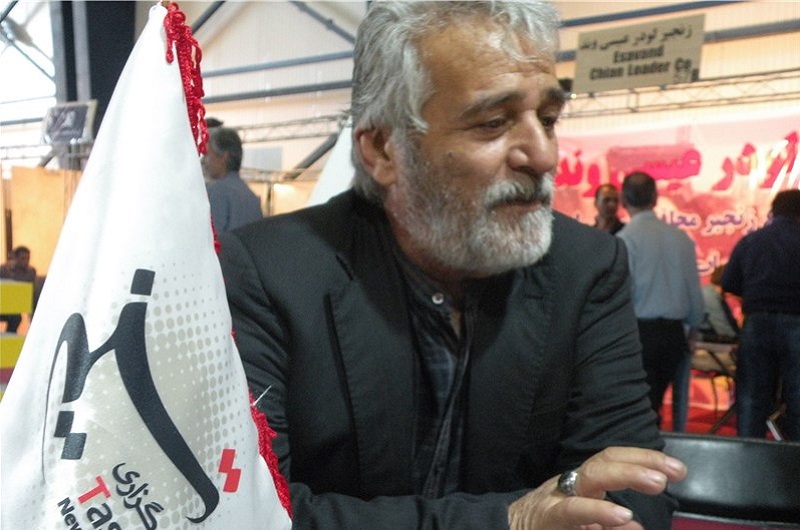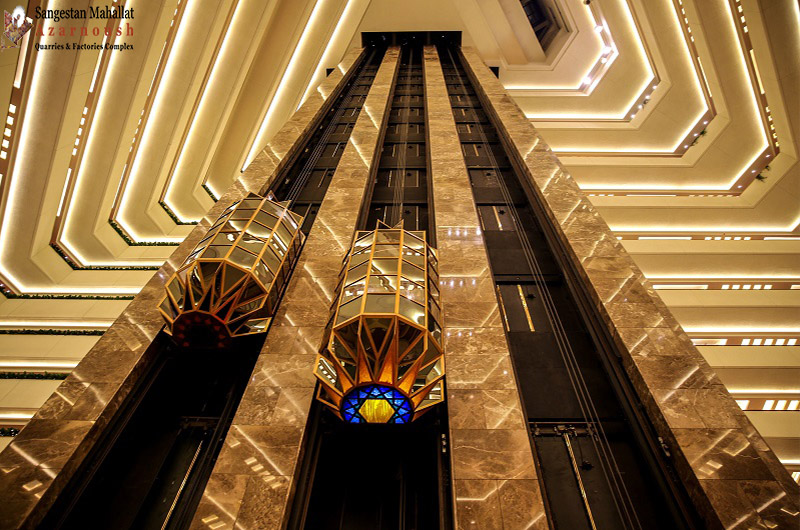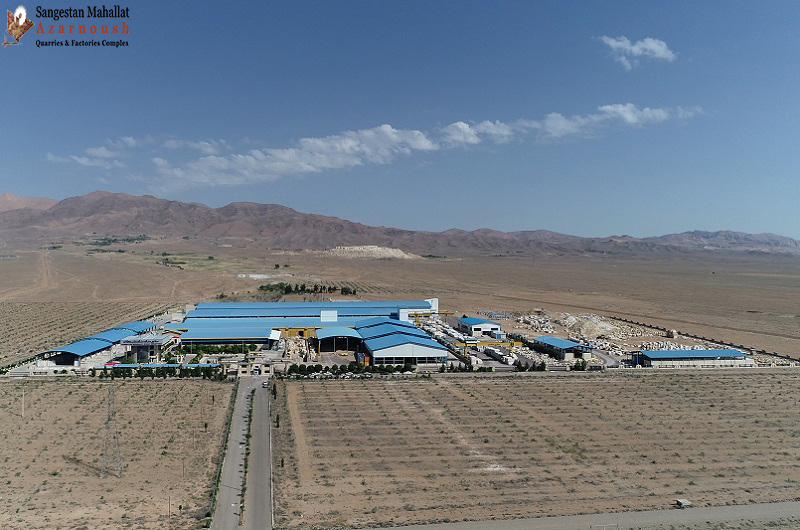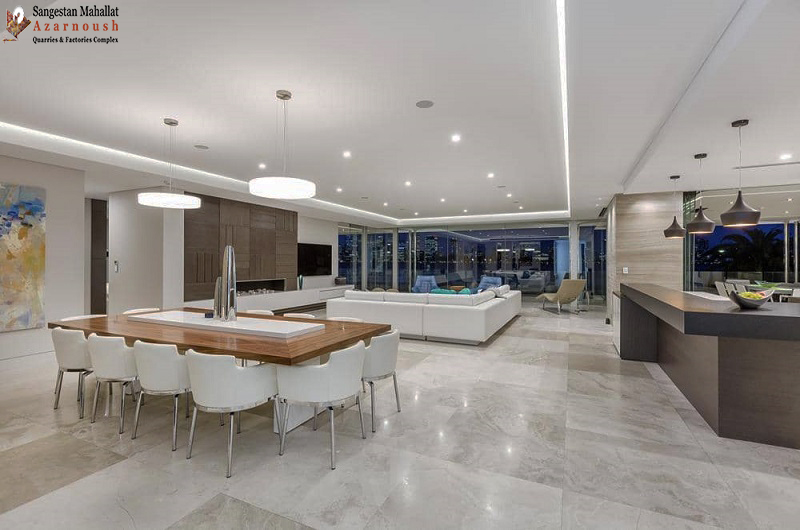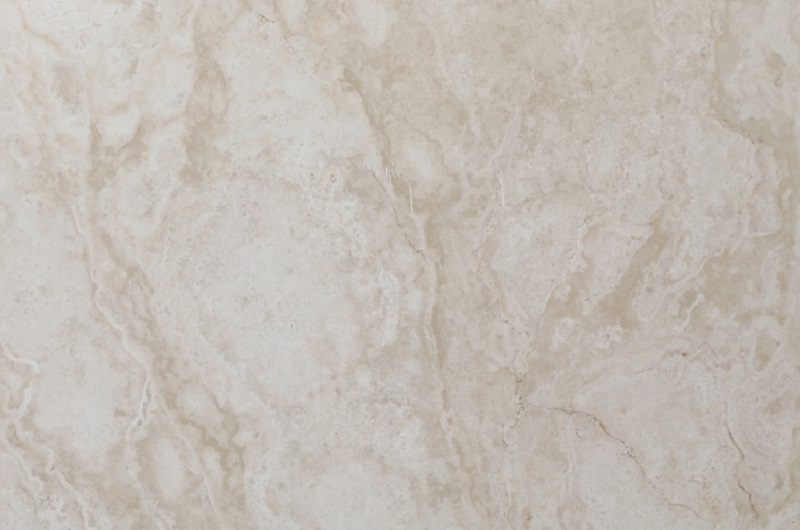Travertine
The compressive strength of travertine stones is higher than onyx and lower than granite. The specific weight of this stone is less than other stones, so it adds less load to the building skeleton.
According to Sangestan Mahalat, travertine is left over from the deposits of hot springs. During the formation of this stone, the gases in the hot springs penetrated between the sediment layers and caused many holes in this stone.
Most travertine mines in Iran are located in Zanjan province, Takab city, Mahalat city, Azarbaijan province and Isfahan province.
Travertine has various colors. The color variation of this stone is due to the chemical compounds that are formed during deposition in the stone. The less streaks and impurities this stone has, the stronger it is.
Most travertine stones have low wear resistance, so they are easily produced. Due to its porosity, travertine has thermal and sound insulation properties. The holes in travertine increase its fire resistance. Travertine stone has acceptable resistance.
The presence of holes in the travertine stone allows the cement mortar to penetrate into these holes during installation and prevent the stone from falling. Travertines can be used in very cold and high rainfall areas without worrying about stone release.
In ancient times, consumers did not want to use travertine stone, and travertine stone was the cheapest stone due to its porous appearance. The growth of technology and the use of "resin" filling materials turned travertine into one of the most popular, expensive and widely used stones.
Travertine stone has high polishability. The durability and longevity of this stone is very high, so most builders try to increase the useful life of their building by choosing travertine.
Travertine stone does not absorb heat and its surface is always cool, the color of this stone is stable and does not fade over time. The pores in this stone increase its resistance to contraction and expansion.
Travertine is resistant to sunlight and does not require maintenance. Only a surface wash can clean the appearance of this stone.
The name of travertine stone is taken from the name of the ancient city in Italy called Tibur, which is also called Tivoli, this city existed before the ancient Roman era. The original name of the travertine stone was (Laplace Tiobortinos), which gradually became travertine stone. Most travertine mines in the world are located in Italy, Mexico, Iran, Turkey and Peru.




